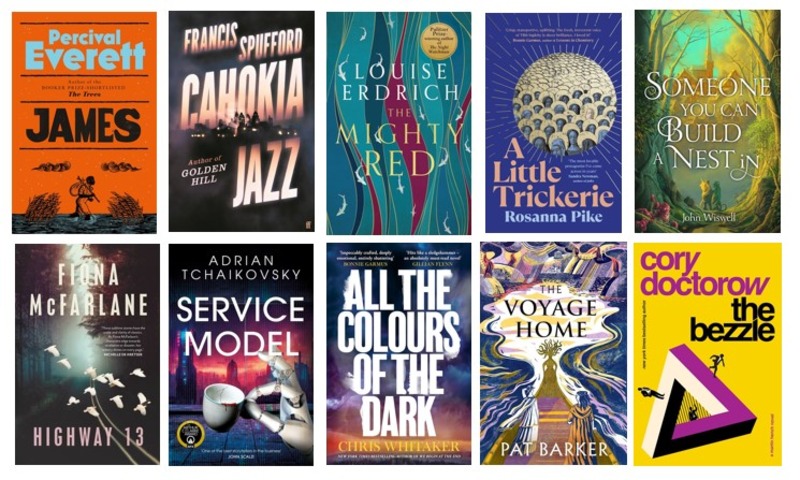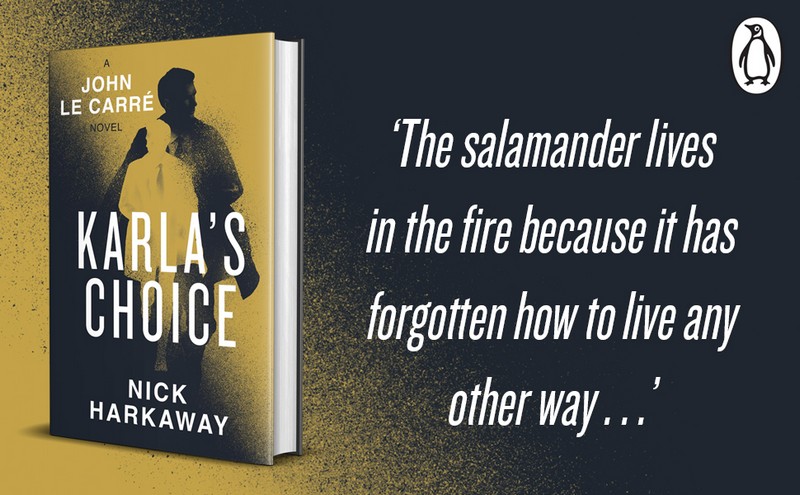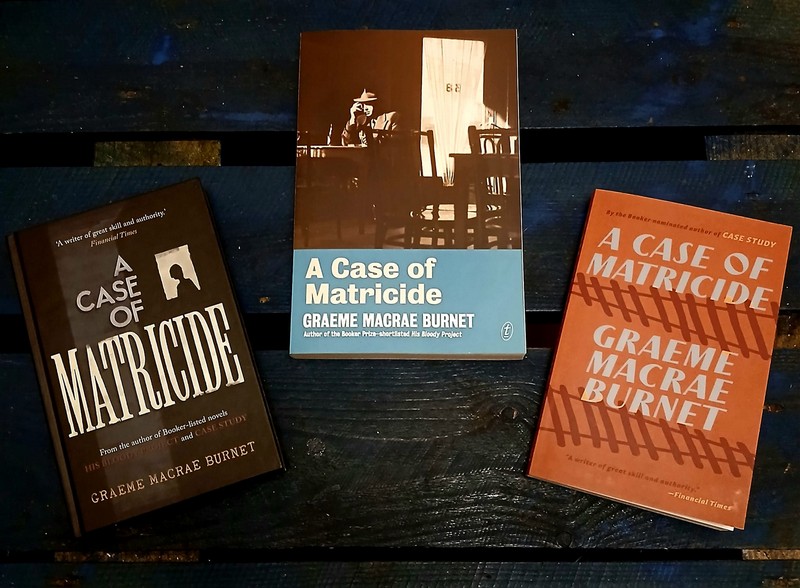 Edward Ashton burst onto the science fiction scene with his ‘cloning meets first contact meets colonisation’ tale Mickey 7 (now the long-delayed movie Mickey 17 directed by Bong Joon Ho and starring Robert Pattinson). Mickey 7 was followed up by a less successful sequel Antimatter Blues. For his third book, Ashton does something different although in a similar mode. Mal Goes to War is a fish-out-of-water observational comedy dropped into the middle of a bloody conflict.
Edward Ashton burst onto the science fiction scene with his ‘cloning meets first contact meets colonisation’ tale Mickey 7 (now the long-delayed movie Mickey 17 directed by Bong Joon Ho and starring Robert Pattinson). Mickey 7 was followed up by a less successful sequel Antimatter Blues. For his third book, Ashton does something different although in a similar mode. Mal Goes to War is a fish-out-of-water observational comedy dropped into the middle of a bloody conflict.
The Mal of the title is an artificial intelligence (or has he prefers it: ‘silico-American’) living in infospace with his AI colleagues. When the book opens, the AIs are on the sidelines of a real world conflict between the Federalists and the Humanists. The underlying conflict is between those who believe in genetically and technologically upgrading humanity (Federalists) and those who are against any tampering with the human genome or interface with technology (Humanists).
Interested in getting a closer view of the war, Mal puts his consciousness first in a drone and then in the exoskeleton of a dead fighter. But when he does so, Mal finds his route back to the infospace blocked and that he is trapped in the real world. That fighter was protecting a girl (or rather a young woman in the guise of a young girl due to genetic manipulation) called Kayleigh and Mal takes it on himself to get her to safety (while also looking for a way to jump back into the infospace). Thus begins a journey across the battlefield where the pair will gain allies and find out that the war is not quite what it seems to be.
The central conceit of Mal Goes to War is that Mal does not really understand humans but also through his experiences learns what it means to be human. Mal has very little discretion and few filters but his outsider’s view allows him to be insightful about human behaviour. Above all Mal is loyal to Kayleigh and, even when he is making compromises, tries to keep his promises. Mal learns about concepts like ‘friendship’ and ‘loyalty’ along the way, even while not fully understanding them. In this way, Mal Goes to War explores similar territory to books like Martha Well’s Murderbot series or the John Wisell’s recent debut Someone You Can Build a Nest In. The other thing that Ashton has in common with these is his often darkly amusing resort to violence.
Mal Goes to War drops readers in the middle of a war and the milieu takes a while to come into focus. This is deliberate as the book’s central mystery and driver revolves around what this war is actually about. Much like Mickey 7, the narrative is well anchored by Mal’s snarky, strangely observational narration. In this way, Ashton once again plays to his strengths in Mal Goes to War to deliver an engagingly violent romp with something to say about the human condition.
Robert Goodman
For more of Robert’s reviews, visit his blog Pile By the Bed
Other reviews you might enjoy:
- Mickey7 (Edward Ashton) – book review
- The Daughter of Doctor Moreau (Silvia Moreno-Garcia) – book review
- The Siege of Burning Grass (Premee Mohamed) – book review

Robert Goodman is a book reviewer, former Ned Kelly Awards judge and institutionalised public servant based in Sydney. This and over 450 more book reviews can be found on his website Pile By the Bed.



